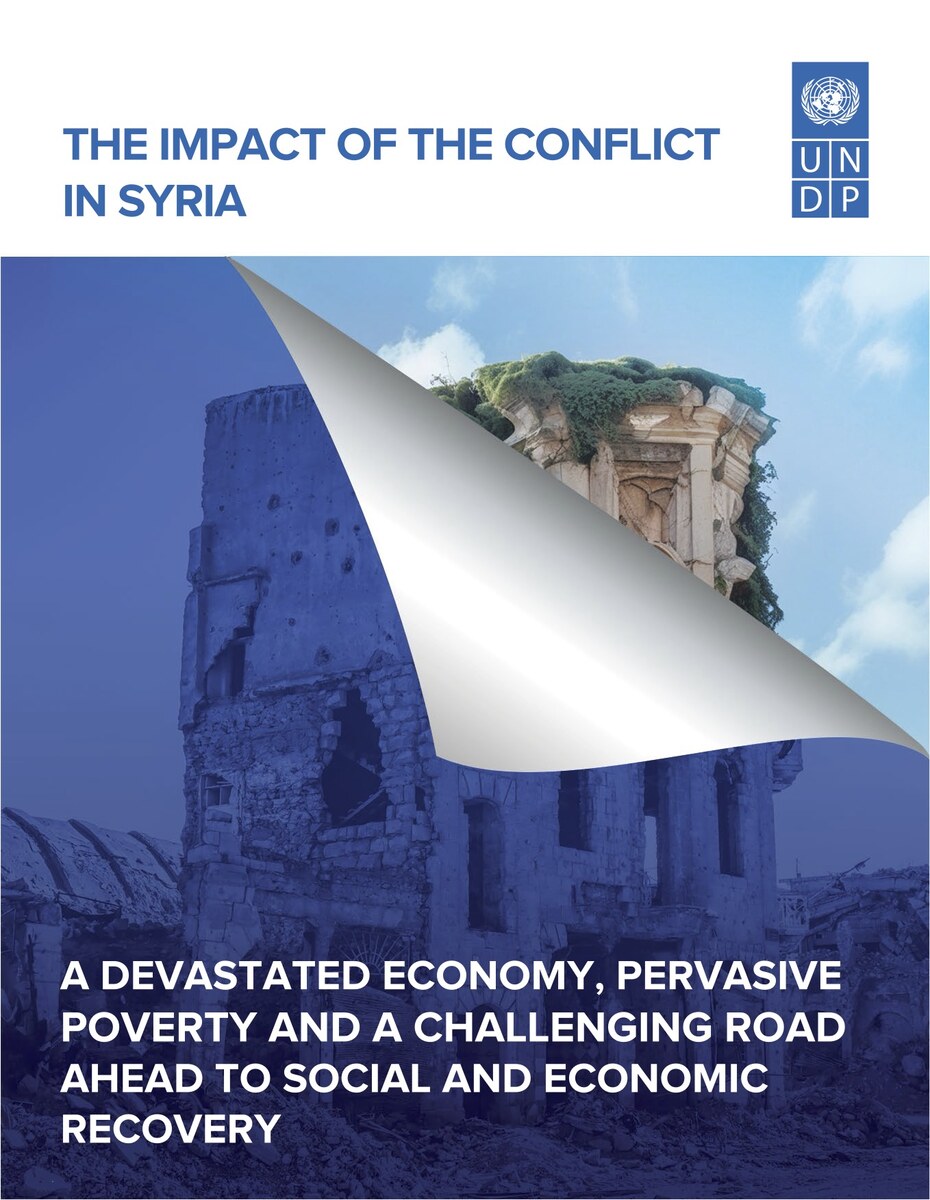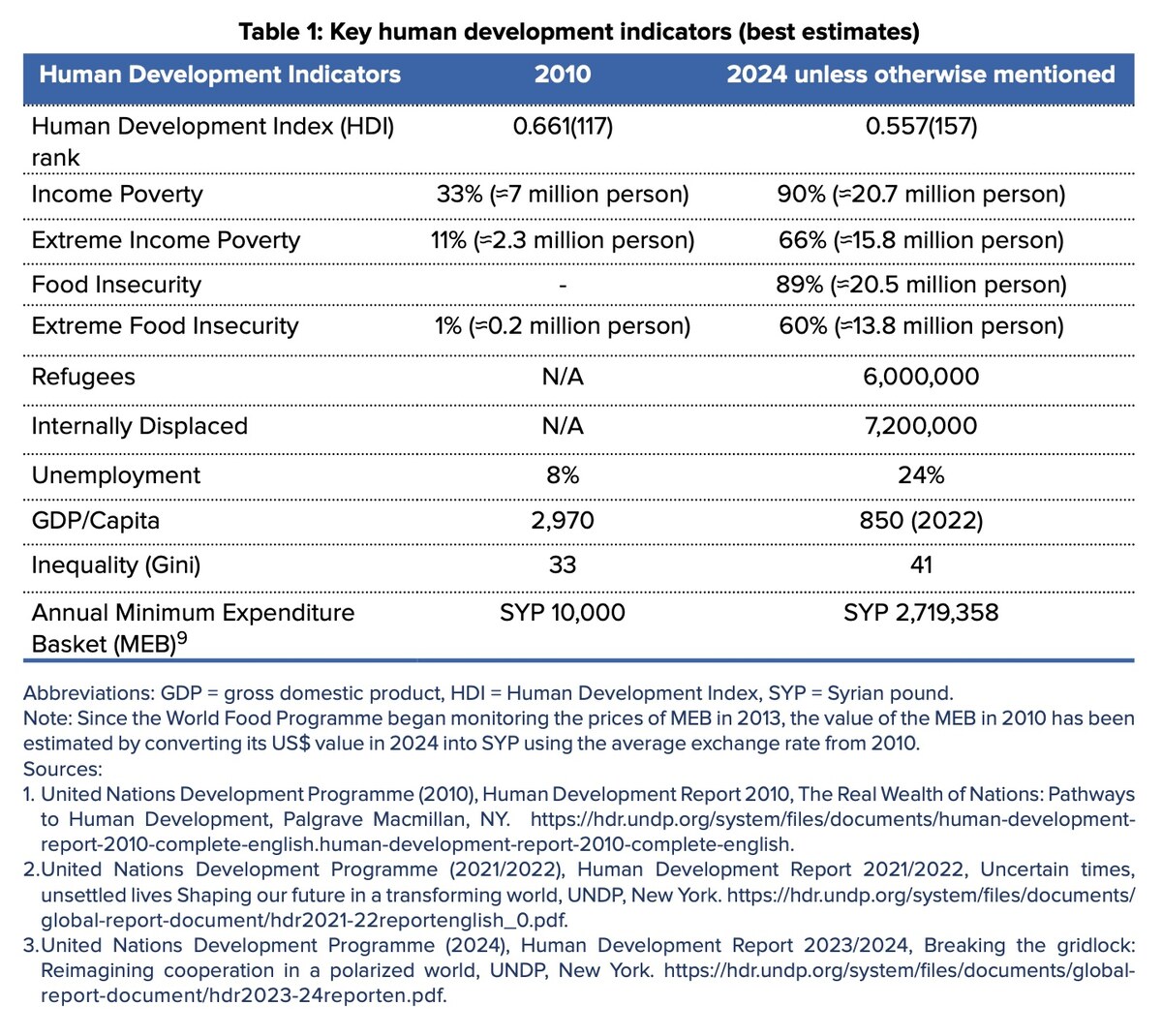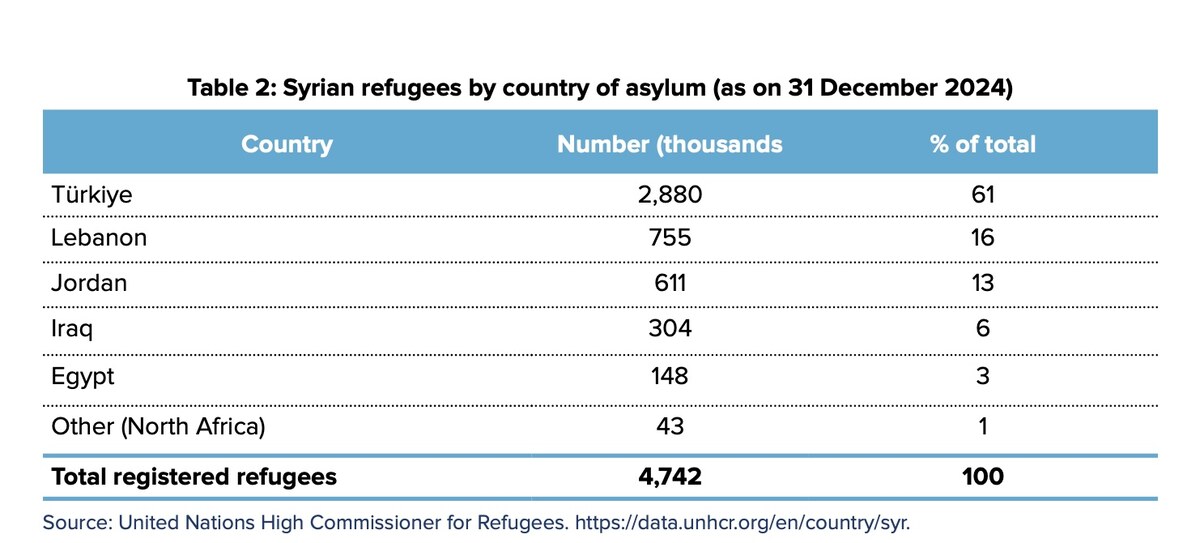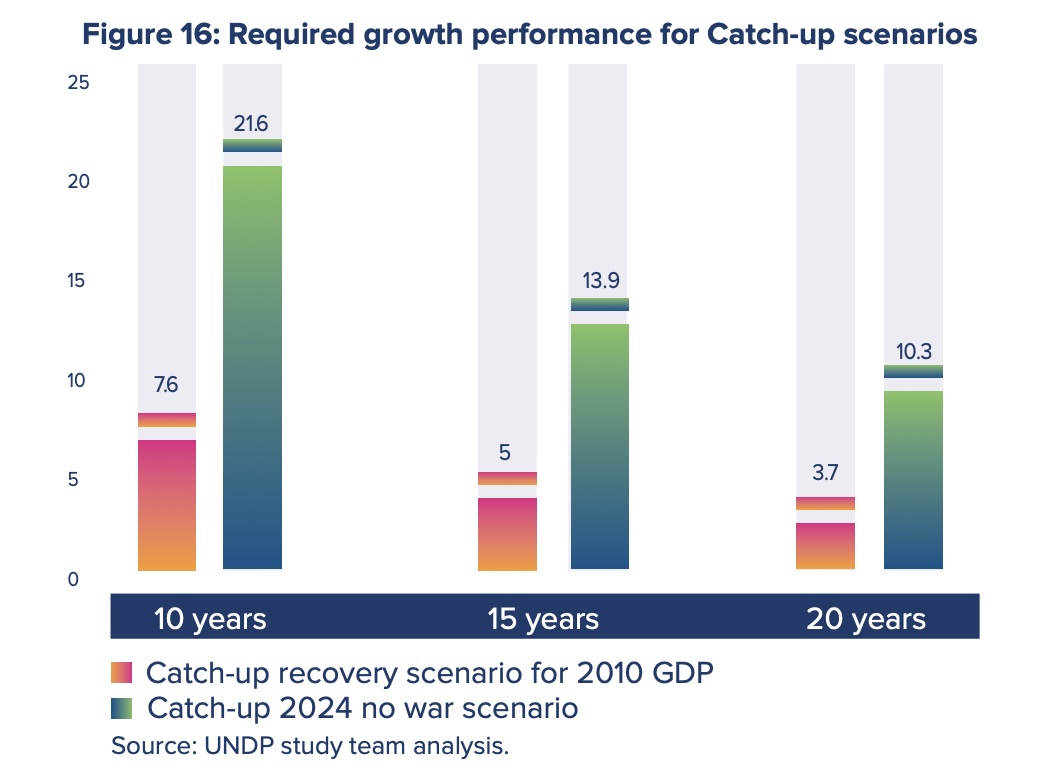CAIRO: Israeli forces withdrew from a hospital complex in northern Gaza on Saturday, one day after storming it, and the Palestinian enclave’s health ministry said the troops had detained dozens of male medical staffers and some of the patients.
Health officials said on Friday Israeli forces had stormed Kamal Adwan Hospital, one of three medical facilities struggling to operate in the area, and also stationed forces outside it.
Footage circulated by the health ministry — which Reuters could not immediately verify — showed damage to several buildings after the Israeli forces withdrew.
Medics said at least 44 of the facility’s 70-member team of the hospital had been detained by the army. It later said the army had released 14 of them, including the hospital’s director.
An Israeli military spokesperson declined comment on the hospital report. On Friday the Israeli military said it operated in the area of the hospital based on intelligence “regarding the presence of terrorists and terrorist infrastructure” there.
Medics said at least two children had died inside the intensive care unit after Israeli fire hit the generators and oxygen station in the facility on Friday.
Medical staffers have refused Israeli army orders to evacuate the hospital or leave their patients unattended. Before the army raid, medics said at least 600 people had been in the hospital, including patients and their escorts.
“The safety and lives of patients who are left inside Kamal Adwan Hospital without medical staff and much needed medication are at risk now,” said Marwan Al-Hams of the health ministry.
Three nurses were injured during the raid and three ambulance vehicles were destroyed, the ministry said.
MILITARY STRIKES
Israeli military strikes on the towns of Jabalia, Beit Hanoun and Beit Lahiya in northern Gaza have so far killed around 800 people during a three-week offensive, the Gaza ministry added.
Israel says its forces returned to northern Gaza to root out Hamas fighters who regrouped there. The Israeli military said on Friday that three of its soldiers were killed in combat in the north of the Gaza Strip.
Senior Hamas official Basem Naim said Israel’s incursions in northern Gaza and storming Kamal Adwan Hospital were a violation of international humanitarian law that it could not have committed without “the protection of Western countries.”
Israel regularly accuses Hamas of exploiting the civilian population and property, including hospitals and mosques, for military purposes. Hamas denies the accusation.
The Israeli military said on Saturday it had expanded the humanitarian-designated area of Al-Mawasi in the southern Gaza Strip, where the army has in the past told Palestinians to go when forced to evacuate their homes.
Separately on Saturday Israeli forces killed a Hamas member during a raid in the city of Tulkarm, in the Israeli-occupied West Bank, the Israeli security force said in a statement. It said the man had been planning an imminent attack.
The Palestinian Health Ministry identified the dead man as Islam Jamil Awda, 29. In a statement, Hamas said Awda had died “clashing with the occupation forces who besieged him for hours in a house in Tulkarm camp.”
Violence has surged across the West Bank since the start of the Hamas-Israel war in Gaza. Hundreds of Palestinians — including armed fighters, stone-throwing youths and civilian bystanders — have been killed in clashes with Israeli forces.
Dozens of Israelis have also been killed in Palestinian street attacks over the past year.
Hamas-led fighters attacked Israel on Oct. 7, 2023, killing some 1,200 people and taking about 250 hostages to Gaza, according to Israeli tallies.
The death toll from Israel’s retaliatory campaign in Gaza is approaching 43,000, with the densely populated enclave in ruins.


































